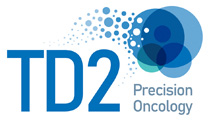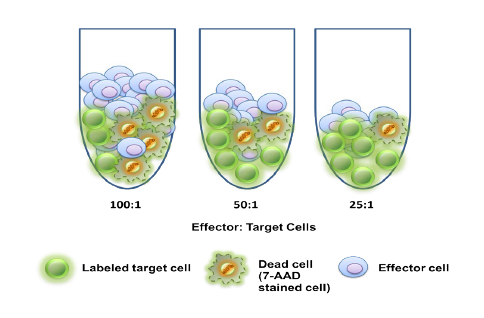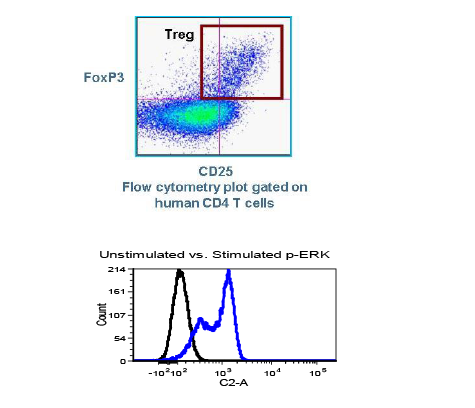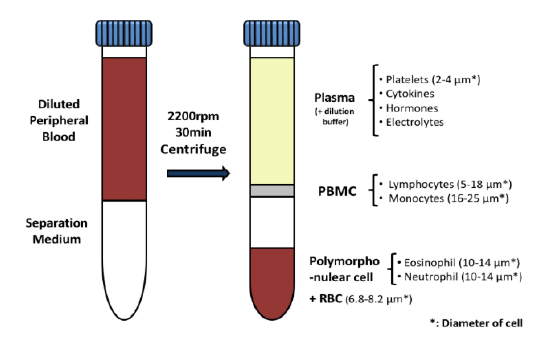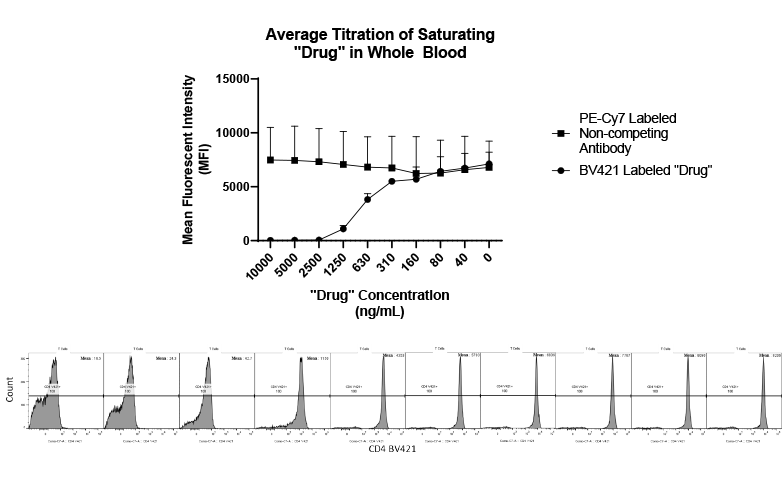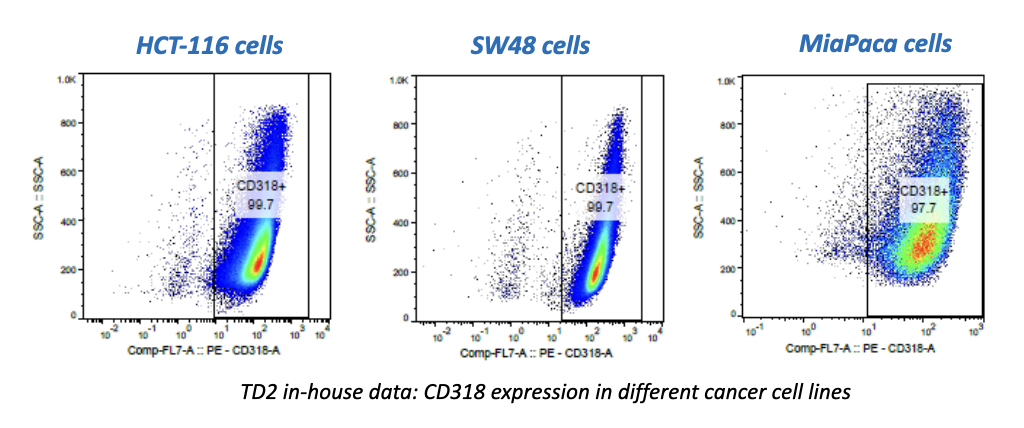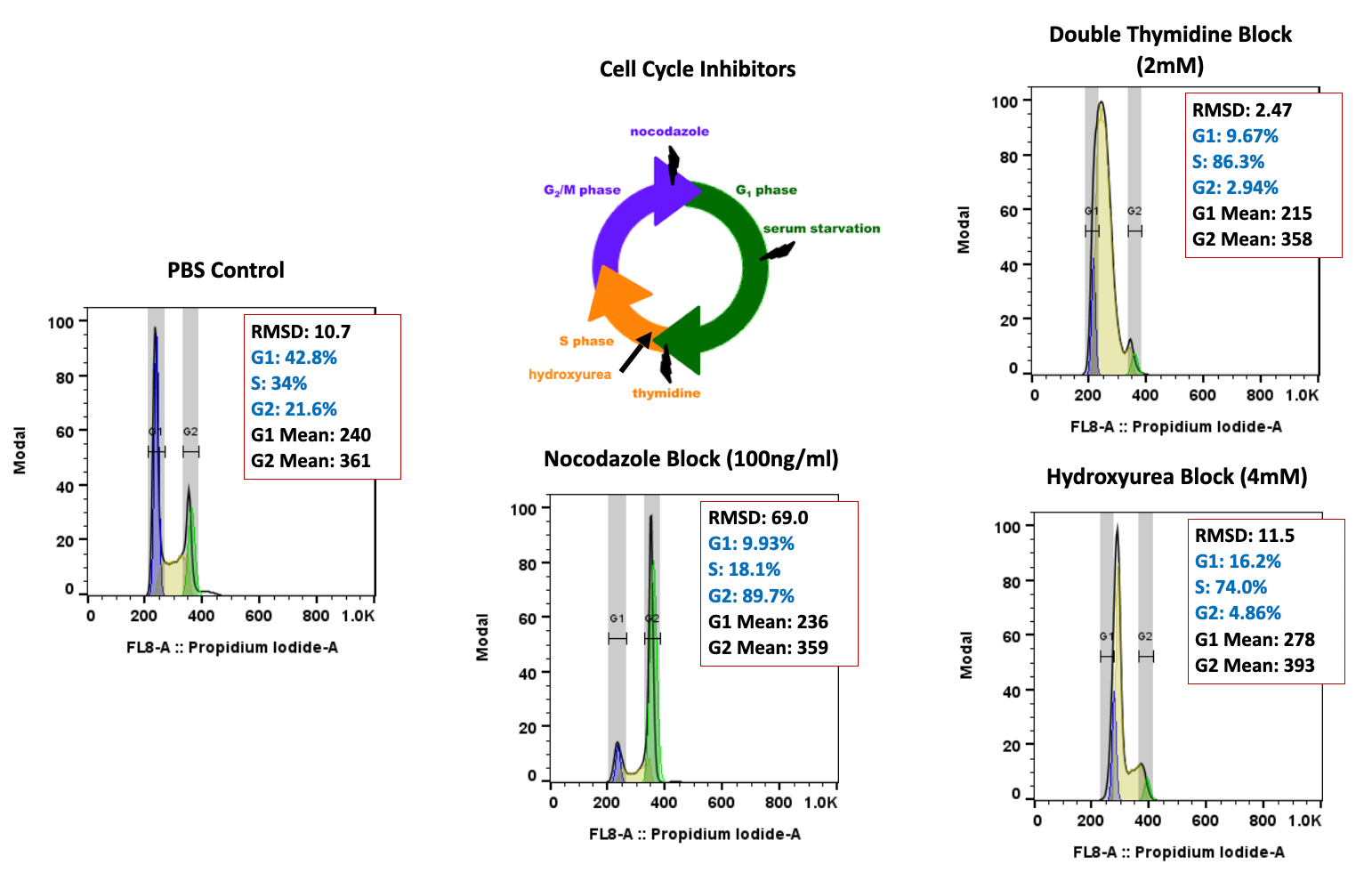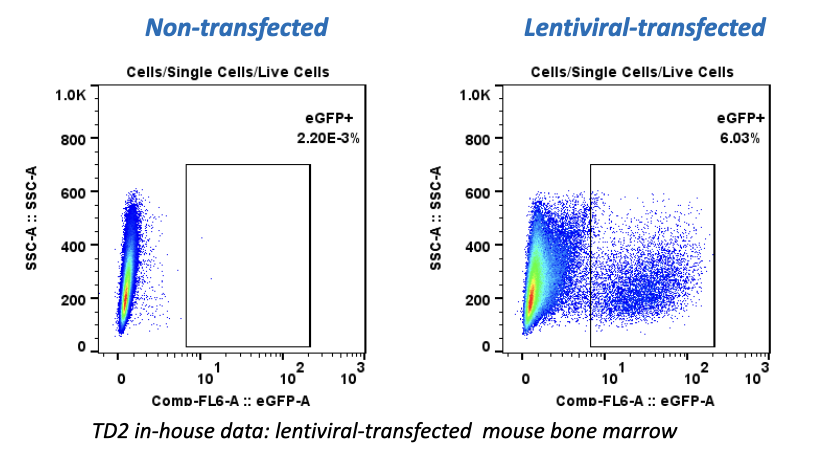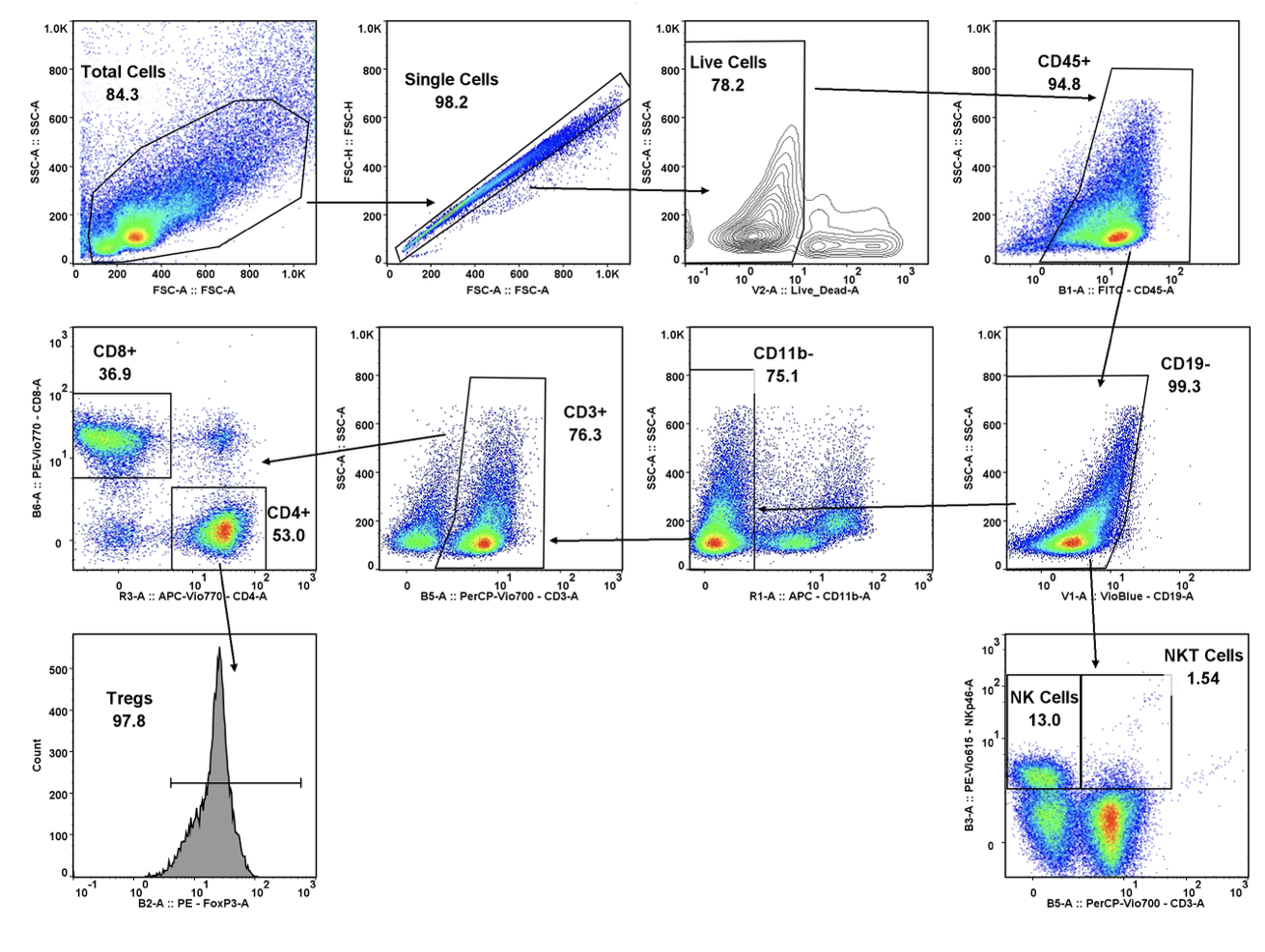The U.S. Food and Drug Administration’s Center for Drug Evaluation and Research is responsible for ensuring all drugs marketed in the U.S. are effective and safe for human use. However, the CDER does not necessarily test drugs, but conducts limited research regarding the quality, effectiveness and safety of drugs.
Cancer treatments considered standard therapies have been reviewed by the CDER and assessed for potential post-marketing risks. The FDA implements other centers for approving biologics, radiological/medical devices, veterinary drugs and food/cosmetics.
Experimental Therapies and the FDA
Pharmaceutical companies submitting new drug applications to the CDER are responsible for testing and providing evidence to the FDA that their product is safe and effective. Once a clinical trial is completed, a team of pharmacologists, statisticians, scientists and chemists working for the CDER reviews results of the trial and determines whether the experimental therapy warrants approval. All information gathered during human or animal clinical trials concerning an IND (Investigational New Drug) becomes part of a New Drug Application (NDA).
Current experimental cancer therapies undergoing clinical trials include a drug called fenretinide and researching unintended benefits of drugs—bisphosphonates and statins, specifically–for reducing breast cancer. Originally developed to act as a chemopreventative (low-dose) drug, N-4-hydroxyphenyl-retinamide (fenretinide) does not cause systemic catabolism known to interfere with maintaining acceptable plasma levels in long-term use. With its low toxicity characteristic and ability to inhibit some facets of carcinogenesis, fenretinde is being investigated as a viable, chemoprentive drug for bladder, prostate and breast cancer.
NDAs should provide ample data to allow FDA reviewers to make decisions regarding the efficacy of the therapy, safety of the therapy and whether advantages to the experimental therapy outweighs evidence-supported risks. In addition, FDA reviewers decide whether proposed packaging inserts are appropriately marked and if controls utilized to maintain quality of the experimental therapy are sufficient to preserve the strength, purity and identity of the drug or procedure.
Clinical Trials Involving Experimental Cancer Treatments
All U.S. clinical trials are monitored and approved by an Institutional Review Board to ensure participants are exposed to minimal or no risks and that the experimental therapy has potential benefits. Composed of doctors, community advocates and statisticians, IRBs adjudicates whether the trial is ethical and protective of a participant’s rights. Any institution conducting or supporting cancer clinical trials involving human participants must have an Institutional Review Board approve and regularly review research data periodically emerging from the trial.
If you would like more information about standard and experimental therapies in cancer clinical trials, please contact us today.
